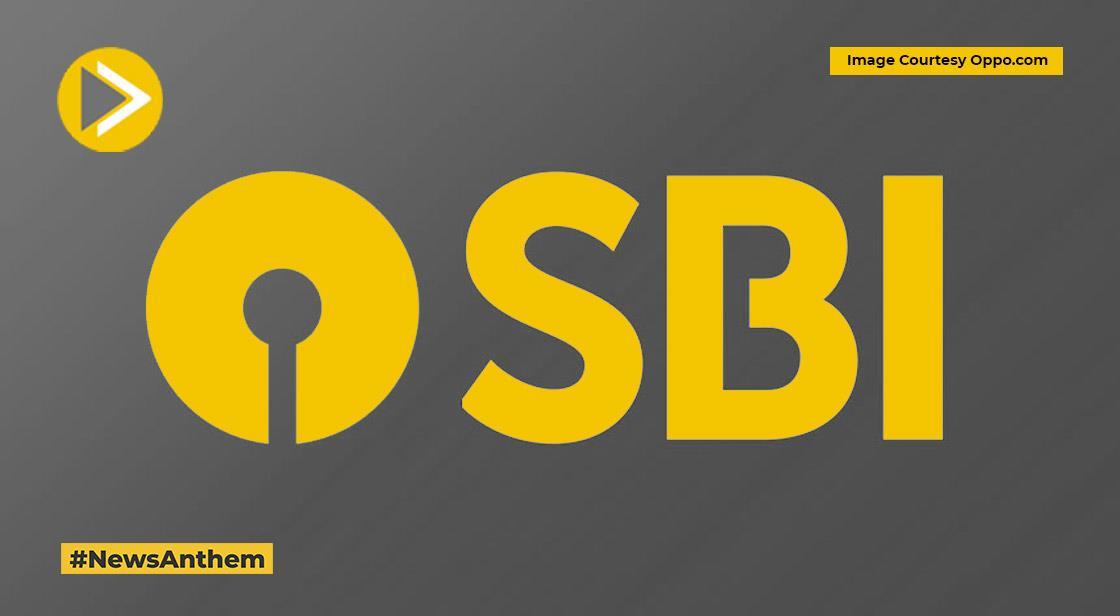Indian Economy Continues to Show Resilience Amid Global Uncertainty: RBI Bulletin

News Synopsis
Despite global economic challenges like ongoing trade tensions, rising policy ambiguity, and weak consumer sentiment, India’s economy remains strong and stable, according to the latest RBI Bulletin.
“Amidst these challenges, the Indian economy exhibited resilience. Various high frequency indicators of industrial and services sectors sustained their momentum in April,” the RBI stated.
Global Headwinds Continue to Weigh on Outlook
-
Worldwide economic growth is still under pressure due to:
-
Persistent trade disputes
-
Uncertain policy directions
-
Diminished consumer confidence
-
-
However, India’s economic fundamentals are holding firm in the face of these international challenges.
Strong Agricultural Outlook Supports Rural Economy
A robust rabi harvest and expanded summer crop cultivation, along with optimistic forecasts for the 2025 southwest monsoon, are expected to further boost agricultural productivity and rural income.
Inflation Softens, Bringing Relief
“Headline CPI inflation fell for the sixth consecutive month to its lowest since July 2019, primarily driven by the sustained easing in food prices,” said the RBI.
-
The CPI for agricultural labourers (CPI-AL) dropped to 3.48%, while CPI for rural labourers (CPI-RL) eased to 3.53% in April 2025.
-
In comparison, both indicators stood above 6.9% in April 2024 — bringing significant relief to low-income households.
Equity Markets Recover on Corporate Earnings
Initially, domestic stock markets fell following US tariff announcements, but bounced back in late April on the back of strong Q4 earnings from banking and financial firms.
Cash in Circulation and the Formal Economy
“The growth rate in notes in circulation (NiC, in value terms) during 2014-2024 was significantly lower as compared to that in the previous two decades,” the RBI noted.
-
The gap between NiC growth and GDP growth has narrowed over the last two decades.
-
Increased formalization, as indicated by the positive relationship between nightlights, tax collections, and GDP, has contributed to reduced reliance on physical cash.
History of the Reserve Bank of India
The Reserve Bank of India (RBI) is the central bank of India, playing a pivotal role in the country's monetary policy, financial stability, and currency management. Its history is deeply intertwined with India's economic evolution.
1. Genesis and Establishment of Reserve Bank of India (RBI) (Pre-1935):
-
Need for a Central Bank: The idea of a central bank for India emerged in the early 20th century. Prior to the RBI's establishment, the Imperial Bank of India (formed in 1921 by merging the three Presidency Banks of Bengal, Bombay, and Madras) performed some central banking functions, but it was primarily a commercial bank.
-
Hilton Young Commission (1926): The Royal Commission on Indian Currency and Finance, also known as the Hilton Young Commission, was formed in 1926. This commission strongly recommended the creation of a central bank to separate the control of currency and credit from the Government and to enhance banking facilities across the country.
-
Legislative Action: The recommendations of the Hilton Young Commission eventually led to the enactment of the Reserve Bank of India Act, 1934.
2. Inception and Early Operations of Reserve Bank of India (RBI)(1935-1949):
-
Establishment: The Reserve Bank of India was formally established on April 1, 1935, in accordance with the provisions of the RBI Act, 1934.
-
Initial Ownership: Initially, the RBI was set up as a shareholders' bank, meaning it was privately owned.
-
First Headquarters: The Central Office of the Reserve Bank was initially established in Kolkata (then Calcutta).
-
Move to Mumbai: In 1937, the Central Office was permanently moved to Mumbai (then Bombay), where it remains to this day. This is where the Governor sits and policy is formulated.
-
First Governor: Sir Osborne Smith (a British banker) was the first Governor of the RBI, serving from April 1, 1935, to June 30, 1937. He did not sign any banknotes.
-
Role during Partition: The RBI also acted as the central bank for Burma (Myanmar) until April 1947 and for Pakistan until June 1948, after the partition of India, when the State Bank of Pakistan commenced operations.
-
First Indian Governor: Sir C. D. Deshmukh was the first Indian Governor of the RBI, serving from August 1943 to June 1949. He played a crucial role in the transition of the RBI after India's independence.
3. Nationalization and Developmental Role (1949 onwards):
-
Nationalization (1949): Following India's independence in 1947, the Reserve Bank was nationalized on January 1, 1949. Since then, it has been fully owned by the Government of India. This move was intended to ensure greater autonomy and alignment with national economic objectives.
-
Focus on Development: In the initial decades after independence, especially from the 1950s through the 1980s, the RBI took on a significant developmental role. It was instrumental in establishing and promoting various financial institutions (like IDBI, NABARD, UTIs, NHB, etc.) and supporting the planned economic development of the country, particularly in agriculture and industry.
-
Bank Nationalization (1969 & 1980): The RBI played a key role in the nationalization of commercial banks in 1969 (14 major banks) and 1980 (6 more banks), expanding financial inclusion and bringing banking services to a wider population.
-
Regulatory and Supervisory Powers: The Banking Regulation Act, 1949, provided the RBI with extensive powers to regulate and supervise commercial banks and other financial institutions, aiming to protect depositors' interests and maintain financial stability.
4. Liberalization and Modern Monetary Policy RBI (1990s-Present):
-
Economic Reforms (1990s): With economic liberalization beginning in the early 1990s, the RBI's focus gradually shifted back to its core central banking functions:
-
Monetary Policy: Controlling inflation, managing interest rates, and ensuring adequate liquidity in the economy.
-
Financial Sector Regulation and Supervision: Strengthening oversight of banks and non-banking financial companies (NBFCs).
-
Foreign Exchange Management: Managing the country's foreign exchange reserves and facilitating international trade.
-
Currency Management: Issuing and managing the circulation of currency notes and coins.
-
Payment and Settlement Systems: Overseeing and developing safe and efficient payment systems (e.g., RTGS, NEFT, UPI).
-
-
Monetary Policy Framework (2016): A significant amendment to the RBI Act in May 2016 provided a statutory basis for the implementation of an inflation targeting framework. The six-member Monetary Policy Committee (MPC) was constituted to determine the policy interest rates required to achieve the inflation target.
-
Digitalization and Innovation: The RBI has been at the forefront of digital payment initiatives, including the Unified Payments Interface (UPI), and has been exploring the introduction of a Central Bank Digital Currency (CBDC - e₹).
-
Recent Governors: Recent notable Governors include Dr. Raghuram Rajan (2013-2016), Dr. Urjit Patel (2016-2018), and Shri Shaktikanta Das (2018-2024). Sanjay Malhotra assumed office as the Governor on December 11, 2024.
The Reserve Bank of India's journey reflects India's economic trajectory, from a colonial economy to a rapidly growing independent nation, and its ongoing efforts to maintain monetary stability, foster financial inclusion, and adapt to a complex global economic landscape.
Conclusion
Despite the ongoing uncertainties in the global economic landscape, India’s economy continues to demonstrate resilience, backed by strong agricultural indicators, easing inflation, and recovering financial markets. The Reserve Bank of India’s bulletin underlines that high-frequency data from the industrial and services sectors in April 2025 remains encouraging.
With headline CPI inflation at its lowest level since July 2019, households, especially in rural areas, are experiencing much-needed relief. Additionally, steady growth in the agriculture sector, supported by a favourable monsoon outlook, promises to uplift rural incomes further. The domestic equity market, initially rattled by external tariff concerns, showed signs of optimism following strong corporate earnings in key sectors.
Furthermore, long-term trends point to increased formalisation of the economy, as reflected in the declining reliance on currency and the correlation between nightlights, taxes, and GDP. Overall, the RBI’s observations reinforce confidence in India's ability to sustain momentum despite a challenging international environment.
You May Like









